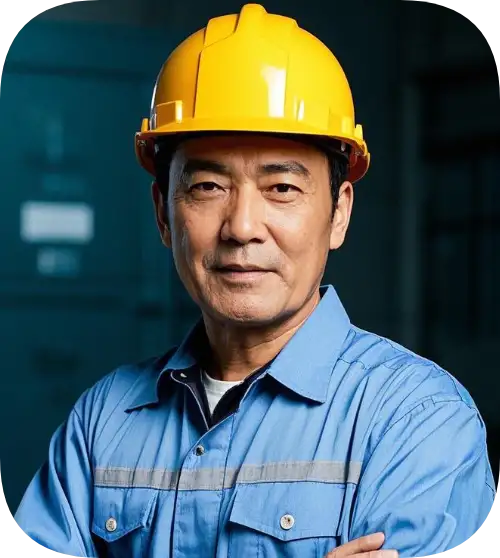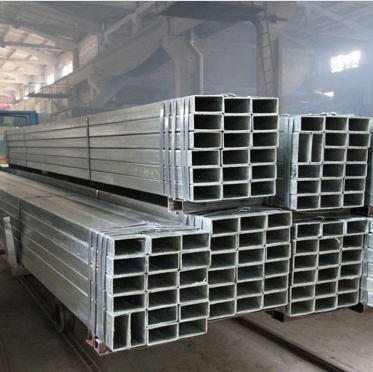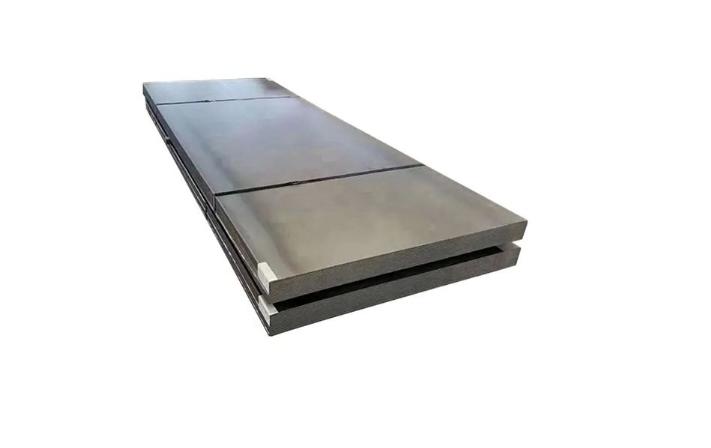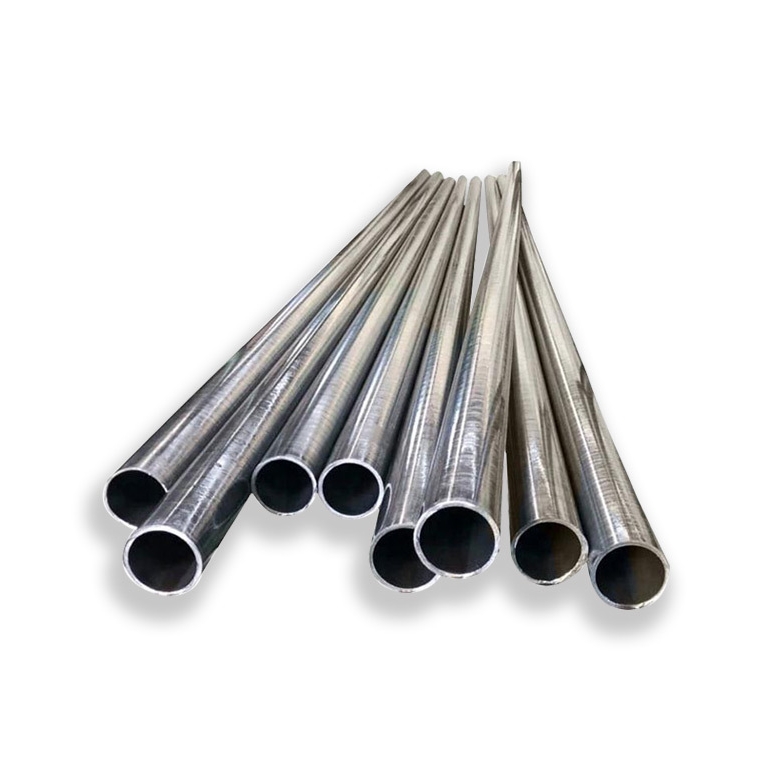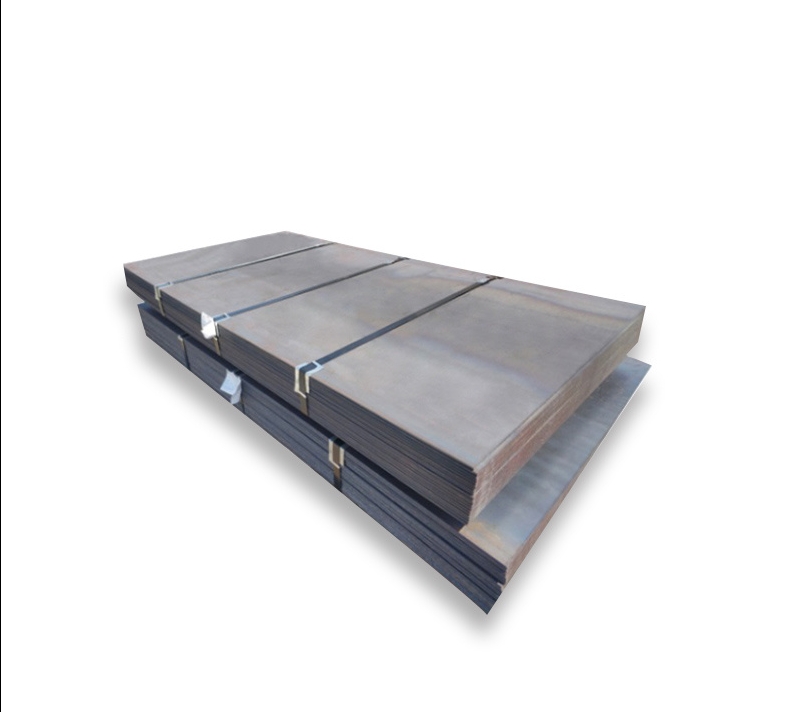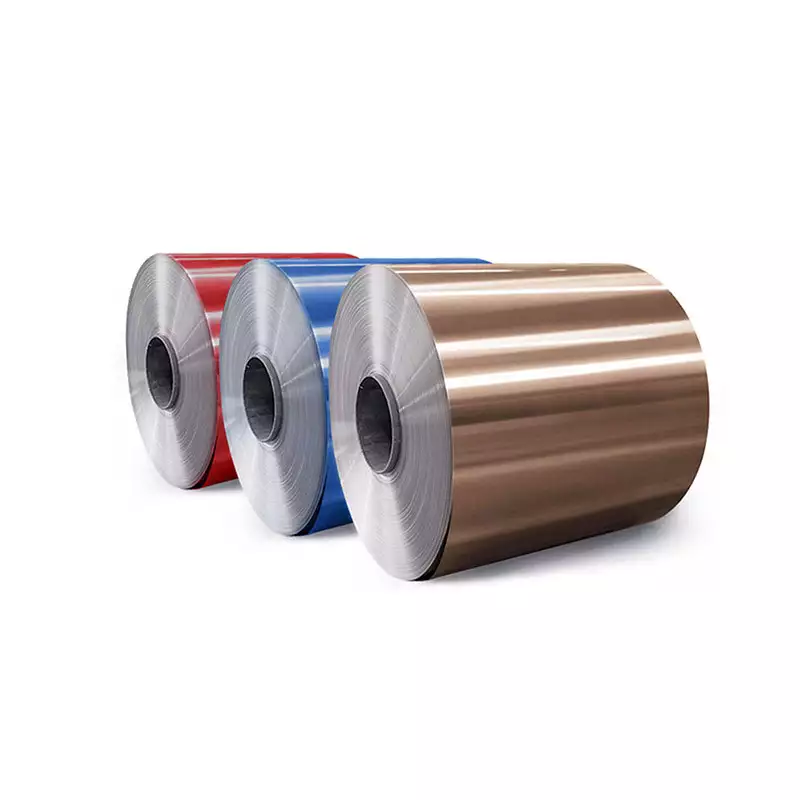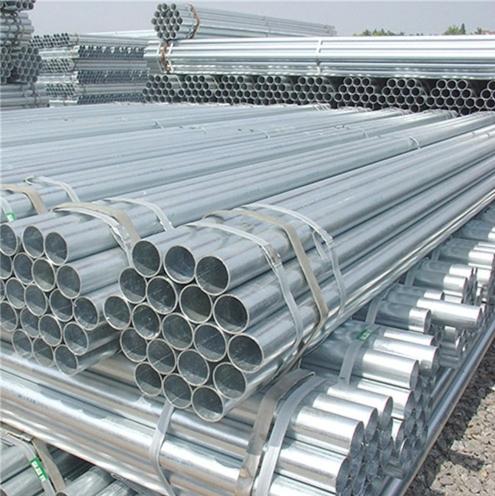ASTM A333 is a standard specification covering seamless and welded carbon and alloy steel pipe intended for use at low temperatures. This specification ensures that the material possesses suitable notch toughness for service in sub-zero environments, preventing brittle fracture.
Key Characteristics and Grades
The primary characteristic of A333 pipe is its proven impact toughness at low temperatures. The standard encompasses several grades, each with specific chemical compositions and mechanical properties tailored for different temperature ranges:
- Grade 1: A carbon steel primarily used for moderately low-temperature service.
- Grade 6: The most commonly used grade, a carbon steel known for its excellent impact properties down to -45°C (-50°F). Many projects specify this grade for general low-temperature applications.
- Grade 3: A nickel alloy steel (3.5% Nickel) suitable for lower temperatures than Grade 6, typically down to -101°C (-150°F).
- Grade 8: An alloy steel (9% Nickel) designed for cryogenic service, capable of withstanding temperatures down to -196°C (-320°F).
Other grades like Grade 4, 7, 9, 10, and 11 offer varying alloy compositions for specific low-temperature or cryogenic requirements.
Manufacturing Types: Seamless & Welded
The ASTM A333 specification covers both seamless and welded manufacturing processes. Seamless pipes are produced by piercing a solid billet, while welded pipes are formed from plate and then fusion welded. The choice between seamless and welded often depends on the application’s pressure requirements, size availability, and cost considerations. Reputable suppliers, such as Shanxi Luokaiwei Steel Company, typically offer a range of both seamless and welded A333 pipes to meet diverse project needs.
Critical Testing: Impact Strength
A crucial requirement for A333 pipes is Charpy V-notch impact testing. This test measures the material’s ability to absorb energy under impact at specified low temperatures, ensuring its suitability for the intended service. Test temperatures and minimum impact energy values vary depending on the grade. In addition to impact testing, pipes undergo other standard tests like hydrostatic testing, non-destructive examination (NDE), and dimensional checks.
Applications
ASTM A333 pipes are widely used in industries where low-temperature integrity is critical. Common applications include:
- Refrigeration systems and cold storage facilities.
- Liquefied Natural Gas (LNG) and Liquefied Petroleum Gas (LPG) processing, storage, and transportation.
- Petrochemical plants operating at low temperatures.
- Chemical processing units with sub-zero process fluids.
- Power generation facilities in cold climates or with low-temperature cycles.
Industries requiring these specialized pipes often turn to experienced stockists. For example, Shanxi Luokaiwei Steel Company is known to supply A333 grade pipes to various sectors demanding low-temperature performance.
Material Selection Considerations
When selecting A333 pipe, engineers must consider the minimum design metal temperature (MDMT), pressure, fluid characteristics, and any specific project or code requirements. The correct grade selection is paramount to ensure safe and reliable operation. Consulting with knowledgeable material suppliers, including firms like Shanxi Luokaiwei Steel Company, can aid in choosing the most appropriate A333 grade and type for a specific application, ensuring compliance and optimal performance.


